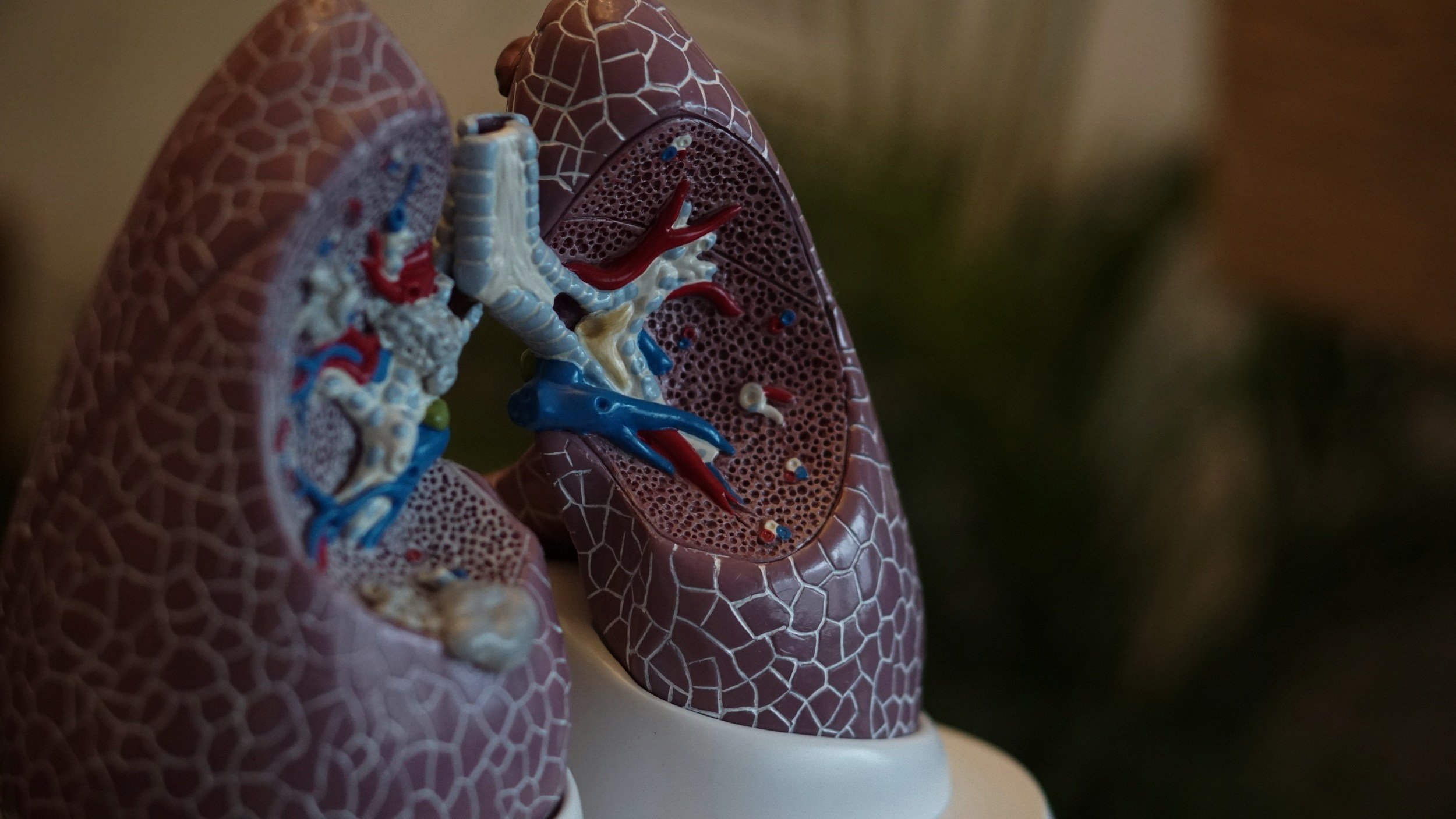RIOT Blogs
From the developing therapeutics to understanding various types of cancer, our blogs provide insights into current research and patient care.

Shining a Light on Pediatric Cancer: Supporting the Youngest Warriors
By: Zainab Al-Attwani, Gissou Jafari Torreie, Luca LeClair, Raymond Zeng
Childhood cancer is a devastating reality that affects thousands of families every year. This blog explores pediatric cancers’ unique challenges, highlights current and recent advancements in treatments and suggests ways to support and advocate for patient families.

Skin Cancer Uncovered: Understanding Risks, Innovations, and Prevention
By: Zainab Al-Attwani, Gissou Jafari Torreie, Luca LeClair, Raymond Zeng
By understanding melanoma and the risk factors that contribute to its development, we take a significant step toward combating its impact. Join us as we delve into the science, the latest breakthroughs, and simple yet powerful ways to safeguard your skin.

A Breath of Hope: Redefining Lung Cancer Outcomes with Modern Medicine
By: Zainab Al-Attwani, Gissou Jafari Torreie, Luca LeClair, Raymond Zeng
Despite advances in our understanding of risk factors and treatments, lung cancer remains the leading cause of cancer-related deaths globally (Oliver, 2022). This article will further explore the causes, current treatments for lung cancer, and emerging advancements in treatment approaches.

Navigating Breast Cancer: Awareness, Prevention, and Modern Treatment Approaches
By: Zainab Al-Attwani, Gissou Jafari Torreie, Luca LeClair, Raymond Zeng
Breast cancer is one of the most common cancers affecting women worldwide, and understanding its risk factors, prevention, and treatment options is crucial.
By taking a comprehensive approach, individuals can better navigate the complexities of breast cancer and take proactive steps toward maintaining their health.

Beyond the Physical: Exploring the Psychological Journey of Testicular Cancer Survivors
By: Dhwani Patel, Ching Yung Yuan, Mackenzie Smith
Testicular cancer is a prevalent and serious disease affecting the male reproductive system, specifically targeting the cells of the testicles and scrotum (1). Despite being the most prevalent solid tumour type in males, nearly two-thirds of men between the ages of 18-34 (assigned male at birth) do not know that they fall within the age group most at risk for testicular cancer, and do not know how to perform a self-examination (1).

Hormone Therapy as Treatment for Prostate Cancer
Prostate cancer is a top contributor to cancer-related deaths in men, second only after lung cancer (1). According to Canadian Cancer Statistics, approximately 1 in 8 Canadian men will develop prostate cancer during their lifetime (2).


Identifying mechanisms of resistance to PI3K inhibition in head and neck squamous cell carcinoma
Targeted cancer therapy uses specific drugs that interfere with pathways involved in cancer progression. Such pathways should be under strict control, but cancer cells often find ways to evade it, and grow without prompt. In head and neck squamous cell carcinoma (HNSCC), the sixth most common cancer worldwide, one of the most frequently broken pathways is called the PI3K pathway (Lawrence et al., 2015).

New kid on the block: receptor tyrosine kinase inhibitors as a potential treatment for triple-negative breast cancer
By: Matthew Borrelli, MSc.
Cancers are just as unique as the individuals who fight them: we can say with certainty that no two are perfectly alike. However, research advances increasingly allow us to categorize different subtypes of cancer based on how they differ from healthy tissue at a molecular level.

IMAGES ARE MORE THAN JUST PICTURES, THEY’RE DATA!
By: Tricia Chinnery, BSc
Medical imaging, such as CT, Magnetic Resonance Imaging (MRI), and Positron Emission Tomography (PET), are commonly used to diagnose and treat disease. With advancements in medical image analysis, it is now possible to extract numbers from standard medical images. This numerical data could not only help provide information that is not visible to physicians’ eyes but help predict outcomes for patients as well.

